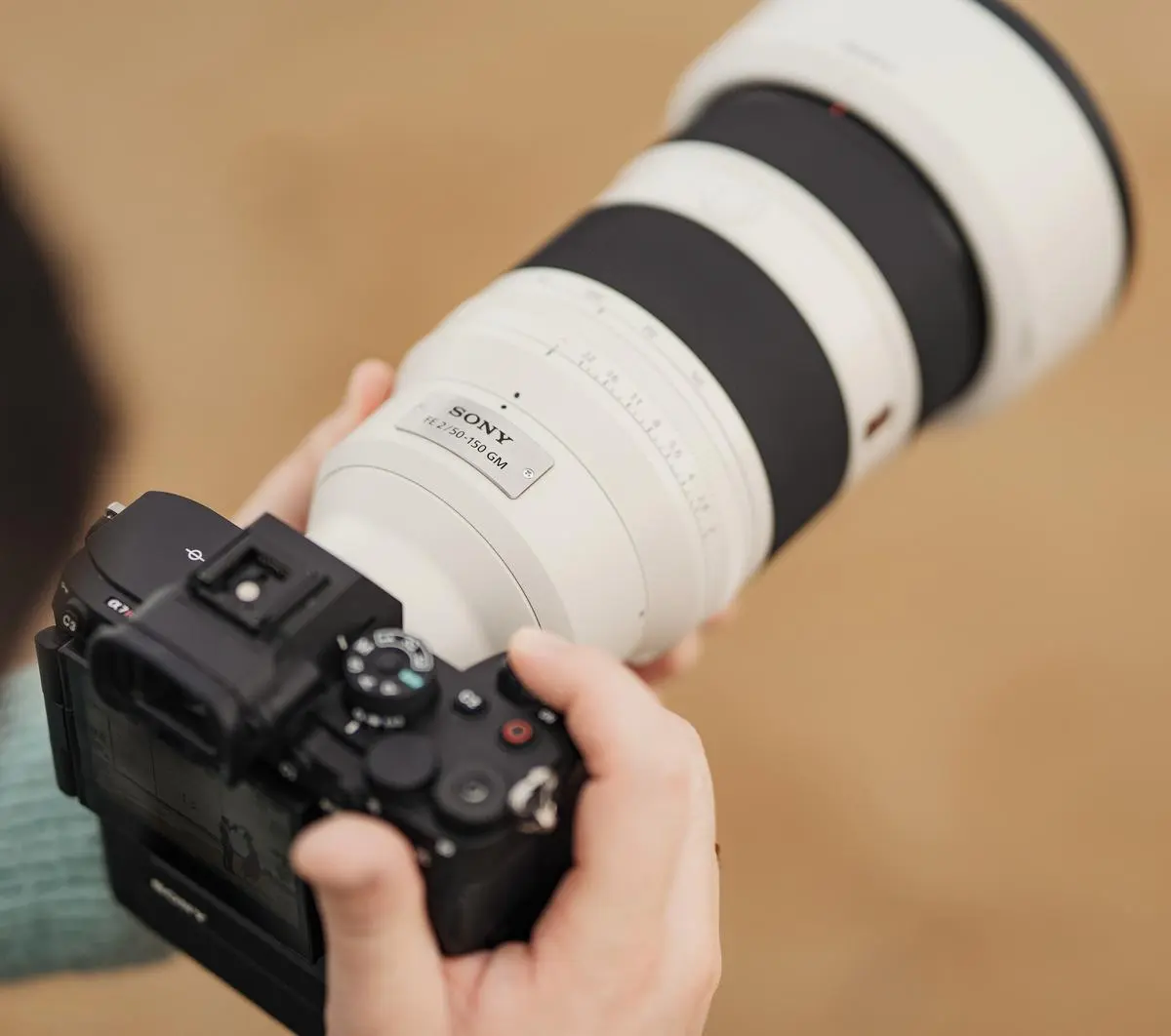The competition of the super lenses-diepresse.com

Digital cameras are now so good that manufacturers can hardly beat themselves with new features. Instead, they now rely on high quality and unusual lenses.
For a long time the competition took place on the camera market via photo apparatus. More megapixels, faster autofocus, more pictures per second, a higher video resolution – these were values that could be used to sell cameras.
In the meantime, the three large manufacturers Canon, Sony and Nikon have reached a level that is difficult to beat. 50 megapixel resolution at 30 frames per second, as it offers the Sony Alpha 1 II, including pre-capture (the pictures before triggering are also saved) and video recordings with 8K-what else can you improve?
The manufacturers focused on their cameras so much that they seemed to be forgotten on the lenses. The Sony passed when the Alpha 9 was introduced in 2017 – a camera, made for sports photographers with 20 frames that were not known until then. Alone: At that time there was no corresponding Sony lenses for sports photographers, such as a 300 or 400 mm lens with a light intensity.
That has not only changed. Now the competition primarily takes place via the lenses. For example with zooms with a light intensity that is considered impossible or with focal lengths that nobody has yet combined. These new lenses make the mirrorless cameras possible, which allow a different design because of the shorter distance between the sensor and bayonet. The competition is not only limited to the three major manufacturers, Sigma and Tamron are also eagerly mixing.
Bright zooms
However, Sony presented two lenses. A 28–70 mm zoom lens with a light intensity 2.0. The high light intensity allows a low sharpness area and a good bokeh (the other advantage, the possible lower ISO number, has put into perspective thanks to the good sensors with little noise).
Canon has been on offer for a long time, but the Canon zoom weighs 1427 grams, while the Sony version weighs 918 grams. Both lenses are praised around 3500 euros.
The second Sony lens is the recently presented 50–150 mm zoom with a light intensity 2.0 (price: 4399 euros). The Japanese have a unique selling point, with this focal length nobody can offer something similar. With its 35–150 mm lens with a variable light intensity of 2.0 to 2.8, Tamron still comes closest (price: 1689 euros).
« /> The Sony 50-150mm/2. Factory
A few weeks ago, Sigma surprised twice with a great zoom. On the one hand with the focal length: 300 to 600 mm for light intensity 4.0, ideal for sports and animal photographers. The weight of almost four kilograms is also not so important to them because they use a tripod anyway. On the other hand, with the price: in Austria it is 6999 euros. For comparison: The fixed focal length of Canon (RF 600 mm/4) costs 14,899 euros.
Sigma also came from Sigma, the first bright wide-angle lens that has so far had no competition: a 28–45 mm zoom with a continuous aperture of 1.8. The manufacturer also has a comparatively cheap 28-105 mm/2.8 on offer (1699 euros).
It remains interesting. Sigma is rumored to work on a 200 mm lens/2.0. And allegedly, wide -angle lenses with light intensity are under development for astrophotographers.







